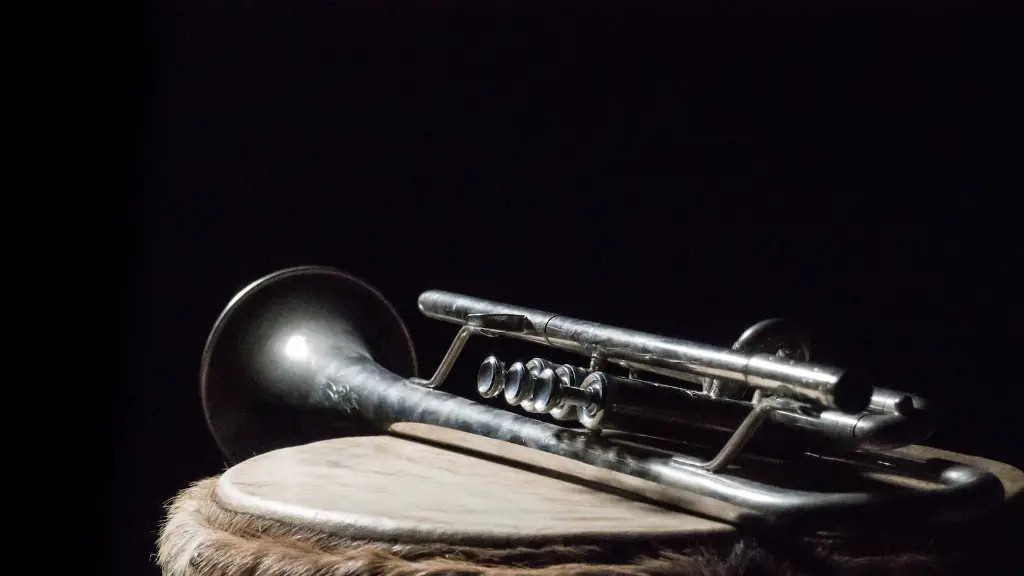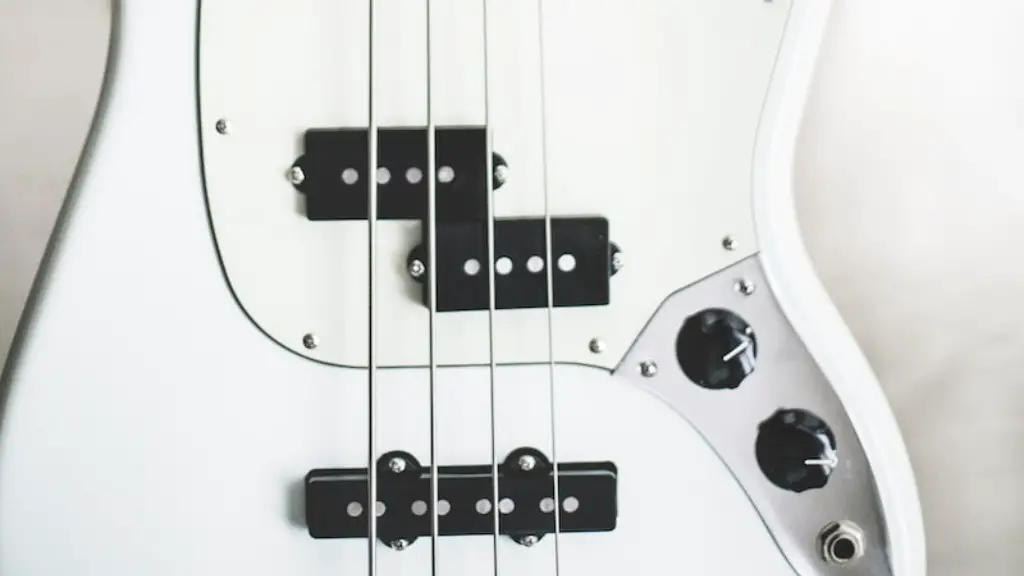Playing the violin is a complicated art form, and the quality of sound produced can be greatly affected by fine tuning. Fine tuners are small mechanisms mounted on the tailpiece of a violin, which allow for precision tuning of each string. These fine tuners can have a significant impact on the overall sound and playability of your instrument.
Checking the Craftsmanship and Build
When evaluating a violin, it is important to look for signs of quality craftsmanship. Look for even grains in the wood, smooth edges, and an even finish. The strings should be taut and the bridge should have a clean angle. The sound post should be set properly, with no buzzing or rattling when you pluck the strings. Inspect the varnish to make sure it is applied evenly and doesn’t have any bumps or blemishes. It is also important to check that all of the hardware, such as the tuning pegs, are in good condition and work smoothly. A well-crafted violin will produce a clear tone that has good resonance when played. If all of these elements come together in one instrument, then you can be sure that you have a high-quality violin.
Testing for Tone and Resonance
When evaluating the quality of a violin, two main factors to consider are the tone and resonance. These two elements work together to create the overall sound of the instrument. To determine if a violin is good quality, you must listen to its tone and resonance.
The tone of a violin is determined by how well its strings vibrate, which affects the pitch and volume of its sound. A good quality violin has strong strings that vibrate evenly, producing a clean and consistent sound. You should listen carefully to make sure that all notes are in tune and clear.
Resonance is another important factor when assessing the quality of a violin. This is created by the body of the instrument amplifying the sound produced by its strings. A good quality violin will have a full-bodied resonance that fills up a room with sound, giving it warmth and depth. To test for resonance, play each note softly and then louder to see how much it increases in volume as it echoes around you.
Overall, testing for tone and resonance is essential when determining if a violin is good quality or not. Listen carefully to ensure that all notes have an even vibration with consistent pitch, as well as full-bodied resonance when played louder. By following these steps, you can ensure that you get an instrument with great sound quality!
Assessing the Instrument’s Setup
When assessing a violin for quality, there are a few key factors that should be considered. The first is the craftsmanship of the instrument. Good quality violins will have even grain patterns, smooth edges, and a well-carved bridge and sound post. In addition, the strings should be evenly spaced and have no visible imperfections.
The second factor to consider is the setup of the instrument. This includes evaluating the action height, which is how far away from the fingerboard each string rests, as well as evaluating intonation – whether or not each string produces an accurate pitch when played. A good quality violin should have an even action height and accurate intonation throughout its range.
Finally, it is important to evaluate the tone and resonance of a violin to ensure it has good quality sound production. A good quality violin should produce a clear tone with plenty of resonance and overtones when played correctly. This can be done by listening carefully for any signs of weak or muffled sound.
Examining the Woods Used in Construction
The quality of a violin can be determined by examining the types of woods used in its construction. The most important wood used in a violin is spruce, which is known for its light weight and strength. Maple is also commonly used in violin construction, as it provides strength and stability to the instrument. Other woods such as ebony, rosewood, and willow are also used to create different parts of the instrument. For example, rosewood is often used for fingerboards, while ebony is often used for tailpieces and pegs.
When examining a violin’s construction materials, it’s important to consider how the individual components contribute to the overall sound quality of the instrument. The particular type of wood affects the resonance and tone of a violin. For example, spruce is known for its bright sound while maple has a darker tone that adds depth to the sound. Additionally, different types of finishes can affect how an instrument sounds as well; for instance, oil varnishes are known for producing more mellow sounds than spirit varnishes do.
Overall, when evaluating a violin’s quality it’s important to look at both its construction materials and finish. The combination of these two factors will give an indication as to whether or not an instrument is good quality. It’s also important to consider how well-made an instrument appears since craftsmanship can have an effect on sound quality. By taking all of these factors into account when examining a violin it’s possible to determine if it’s good quality or not.
Listening for Playability and Projection
When evaluating a violin, it is important to consider the instrument’s playability and projection. Playability refers to how easy it is to play the violin, while projection refers to how loud and clear the sound is. To determine a violin’s playability, listen for how responsive it is when you press down on the strings and move your bow across them. The sound should be clear and consistent with no buzzes or rattles. Additionally, check that the strings move up and down easily without sticking or catching.
Projection can be evaluated by listening for how well the sound carries in a room. The tone should be even throughout, with no muddiness or distortion. A good quality violin will fill a room with a full-bodied sound that resonates clearly regardless of where you are standing. Additionally, look for volume control when playing different notes – this indicates good dynamic range.
Finally, listen carefully for any unpleasant buzzing, rattling, or other strange noises that may indicate an issue with the construction of the instrument. This can be caused by inferior workmanship or out of tune strings. If these issues are present it’s best to avoid that particular violin and look for another one instead.
Inspecting the Strings for Quality
When it comes to assessing the quality of a violin, one of the most important aspects is the strings. High-quality strings should be well balanced in sound, with a rich tone that is neither too bright nor too dull. Additionally, they should be made from durable materials that won’t easily break or snap. The strings should also be responsive and easy to press down without sticking or buzzing. The strings should also be securely attached to the bridge and tailpiece, and should not show signs of wear or fraying. Finally, it is important to check for any signs of rust on the strings, as this can indicate poor quality materials or manufacturing. By inspecting these aspects carefully, you can get a better understanding of the quality of a particular violin.
Final Words
In conclusion, fine tuners can significantly affect the sound of a violin. They are particularly useful when fine adjustments must be made quickly, such as when playing in an orchestra. Furthermore, they can help keep strings in tune as they stretch over time. It is important to use quality fine tuners that will not damage the instrument or affect the sound quality. Using fine tuners takes practice, but mastering them can help create a beautiful sound.




